Long before movie houses bombarded their captive audiences with advertisements for cell phone companies, automobiles and beer while they waited for what they actually paid to see start, you might have found yourself staring at a projected image of next week's attraction. Usage of promotional slides fell out of style many decades ago but you can find them readily available for bidding on Ebay, where I found the images below.
Here's a brief history on Movie Glass Slides from www.learnaboutmovieposters.com
GLASS SLIDES
A glass slide consists of two pieces of glass: one pane containing a hand-painted image and the second pane placed over the image for protection. These were used in a projector called a Magic Lantern.
In the early 1900's, the beginning films were only one or two reels. Each time a film ended, the show would stop while the projectionist changed reels. Some theatres would provide sing-a-longs between reels, accompanied by illustrated song slides flashed on the screen by the Magic Lantern. Usually the son or daughter of the theater owner would lead the singing. Jack Warner, later the head of Warner Brothers, led the singing in his familys Nickelodeon in Pittsburg.
By the 1910s, some theaters used the Magic Lantern to show a slide of a coming attraction, show times or local advertising.
There were primarily 2 different sizes of Glass Slides.
1. The first and most common size was approximately 3 1/4" x 4" and was divided into 2 primarily different types (apparently made by two competing companies).
Both types consist of two panes of glass held closely together, and the inside surface of the glass has been imprinted with a positive (not a negative) image of the coming attraction ad, almost always in full color. There is almost always a solid black border on both panes on the outside of the image.
In the first type of slide, the two panes measure exactly 3 1/4” by 4”, and they are held together with pieces of black tape (like duct tape) on the edges of the two panes, overlapping the front and back edges by an eighth of an inch or so. These often have a white circle in the corner of the slide (between the panes). Probably this was so that one could tell the bottom of the slide without holding it to the light. Notice the blank border across the bottom. This is left for listing local show days if the local theatre wanted to , similar to window cards.
The second type of slide consists of two panes somewhat smaller than 3 1/4” by 4”, which were held together by two pieces of light brown cardboard, usually with 8 staples holding the cardboard together. Almost always, the cardboard would have the name of the film stamped on it, and have the manufacturer’s name imprinted on it. Quite often additional printing were on these. NOTICE: there's also the blank across the bottom for local dating. The main difference between is the way they're held together.
It seems the “black tape” type was mostly made from the earliest silents through the mid-1930s and that the “cardboard” type was made from the early 1930s through the early 1950s. It does not seem that one type is superior to the other, although it does seem that the cardboard slightly helps to shield the glass from aging, as those are often found in better condition. This was probably the forerunner to the film slide which is done the same way.
2. The second size was used a little later for "fancier" theaters. The Brenograph projection systems were technically similar to Lantern format, but in a much larger 4" x 5" - 102 mm x 127 mm size glass slide. The larger format and more powerful throws were intended to provide a luminous ambiance to larger theatre environments, especially those of the Movie Palaces. Special designs were produced for curtain arrangements, proscenium features, and ceilings, including "scudding clouds" facilitated by the standard double throw which allowed inventive dissolves and fades by a talented projectionist. Modernized versions of the Brenograph are still in use today, but the wonderful glass slides are a thing of the past.
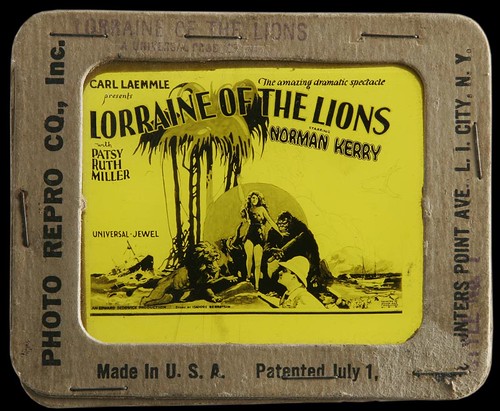

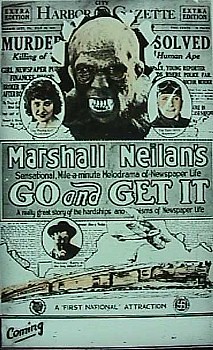
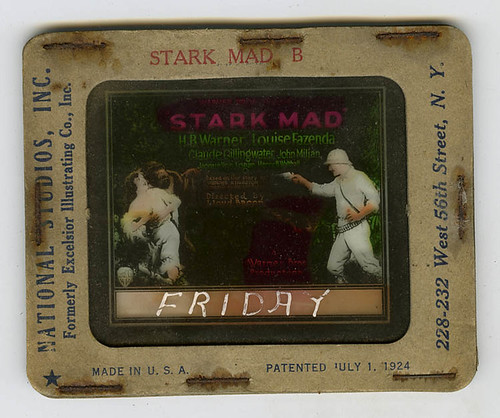
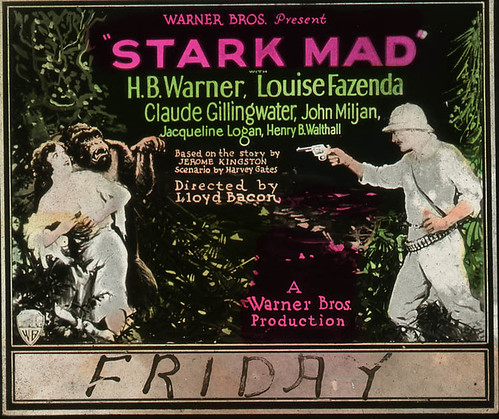
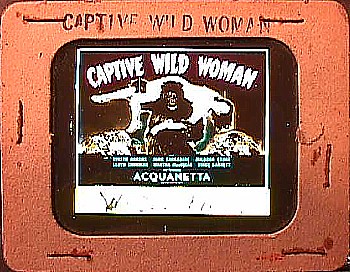
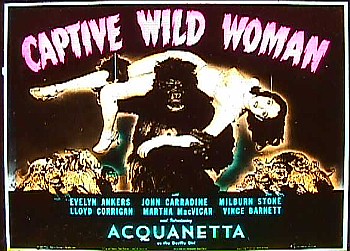

No comments:
Post a Comment